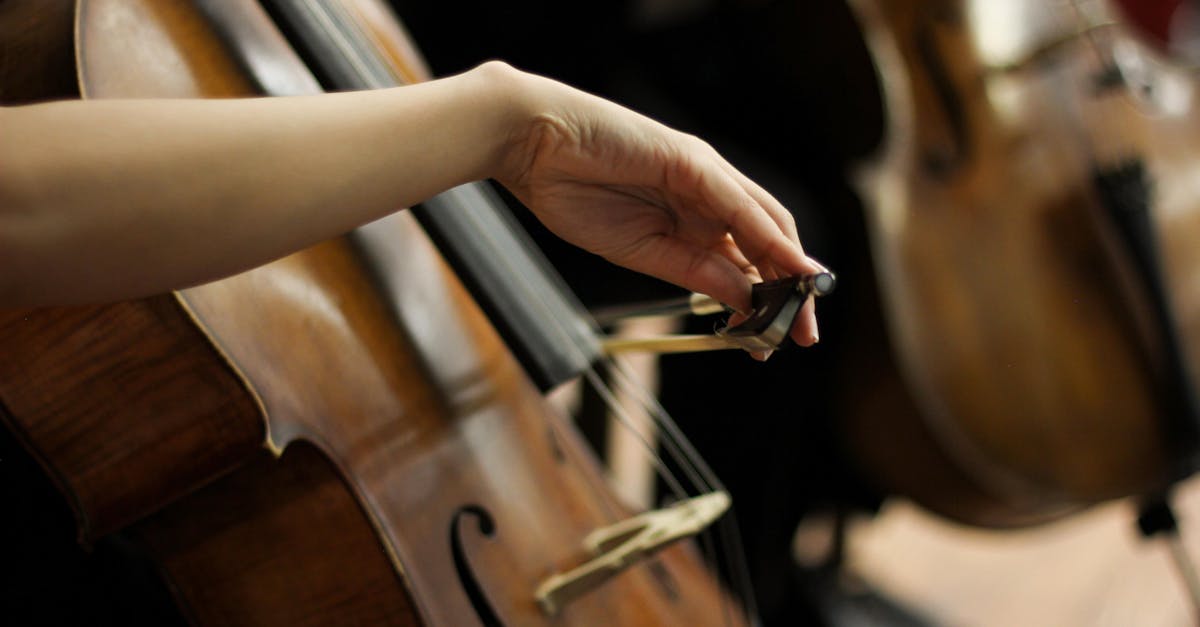Global Grooves Journey to Musical Heritage
Introduction to Global Grooves
In the vibrant world of music, the rhythmic pulse of global grooves echoes across cultures, weaving a rich tapestry of history and heritage. Music, with its universal language, transcends borders, connecting disparate communities through rhythm and harmony. This article embarks on a journey through the dynamic interplay of global music, examining its influences and transformations over the centuries. From the tribal beats of Africa to the intricate raga of India, these tunes tell stories of ancient civilizations and their cultural exchanges. We revisit iconic genres, explore their origins, and unravel how they shaped today's musical landscape. So join us in uncovering the continuous evolution of musical heritage that bridges the past with the present.
Advertisement
Origins of Global Grooves
The roots of global grooves stretch deeply into ancient history, where music served as a cornerstone of societal interaction and spiritual expression. African drumming, known for its complex polyrhythms, is one of the earliest forms that influenced global music trends. In Asia, the melodic tunes of Chinese instruments like the guzheng and the harmonizing raga of Indian traditional music stand as historical symbols of their culture’s depth and richness. Meanwhile, European classical music, emerging during the Renaissance period, laid down the groundwork for many Western musical forms. Each region’s unique contribution paved the way for a rich melding of sounds, fostering the earliest forms of musical globalism.
Advertisement
Influence of Migration and Colonization
History reveals that migration and colonization were catalysts for the intermingling of musical traditions. As Europeans explored new worlds, they brought with them their music and instruments, comingling with indigenous sounds. This cultural fusion saw the emergence of new genres in the Americas, such as jazz, blues, and salsa. The slave trade further introduced African musical elements into the Americas, which would go on to fundamentally influence the rhythms and melodies of these nascent genres. These cultural exchanges were not without their struggles, as power dynamics greatly dictated which sounds prevailed, but they ultimately contributed to a musical renaissance.
Advertisement
The Birth of Jazz and Blues
In the late 19th and early 20th centuries, the marriage of European musical tradition with African rhythms gave birth to jazz and blues in America. Emerging from the spirituals and work songs of African American communities, these genres quickly became emblematic of cultural resistance and expression. Jazz, with its penchant for improvisation, became synonymous with freedom and innovation, while blues reflected the emotional depth and struggles of the human condition. Both genres influence music globally, inspiring countless musicians and leading to the creation of rock, soul, and pop. Their legacy persists, underscoring the power of unity in diversity.
Advertisement
The Reggae Movement
The mid-20th century witnessed the emergence of reggae, a genre blossoming from the cultural melting pot of the Caribbean. With its roots tracing back to African drum patterns and mento rhythms, reggae became a bearer of social and political messages, as popularized by icons like Bob Marley. The global spread of reggae was instrumental in highlighting issues related to poverty, human rights, and spirituality. Moreover, its influence extended beyond music, shaping fashion, language, and identity. As reggae evolved, it helped pave the way for related genres like dub and dancehall, further influencing global music scenes.
Advertisement
The Rise of Pop and Rock
By the latter half of the 20th century, the potent mix of different musical traditions facilitated the birth of pop and rock, which quickly became inseparable from global youth culture. With its roots in rock ‘n’ roll, pop music took center stage with its catchy melodies and universal themes. Icons like The Beatles harnessed elements from a variety of genres, creating a soundscape that resonated worldwide. Meanwhile, rock music borrowed blues guitar riffs and vocal stylings, gaining popularity as a symbol of rebellion and individuality. These genres underscore how cultural exchanges fuelled novel and enduring musical expressions.
Advertisement
The Influences of Hip-Hop
Going beyond the rhythmic grooves of earlier genres, hip-hop came about as a voice for the marginalized, a powerful form of cultural expression. Originating in the Bronx, New York, during the late 20th century, hip-hop drew heavily from African American and Afro-Caribbean experiences. Its foundational elements—DJing, breakdancing, rapping, and graffiti—highlighted its roots in community and self-expression. As hip-hop gained traction, its influence permeated borders, spawning subcultures worldwide. Today, it's a dominant force in global music, continuously evolving while shedding light on new voices and narratives.
Advertisement
Modern Electronic Music and Its Global Reach
The rise of technology heralded a new age of electronic music, marked by synthesizers and digital production techniques. Genres such as techno, house, and trance garnered immense popularity, boasting a distinctive sound that transcended cultural and linguistic boundaries. Spanning continents, electronic music reshaped the music industry, catalyzing the growth of global music festivals and collaborative projects. Despite its digital origins, the genre intricately linked its musical innovation with traditional elements, thus resonating with broad audiences and creating new possibilities in musical expression.
Advertisement
The Future of Global Music
Today, the musical journey continues as globalization and technology create fresh avenues for cross-cultural collaboration. Artists today draw from broad cultural palettes, blending genres to create innovative sounds that speak to new generations. Innovative platforms allow musicians to instantly share their music worldwide, transcending geographic barriers. Yet, there remains a responsibility to honor the roots and contexts that inspire their creations. As global grooves dance into the future, they promise to cultivate richer cultural exchanges, fostering understanding and unity among diverse communities in an ever-connected world.
Advertisement
Conclusion: Bridging Cultures Through Music
Throughout history, music has served as an invaluable vessel carrying cultural heritage across time and space. The journey of global grooves echoes the resilience and innovation of countless communities, blending heritage with modernity. As musical stories evolve, they underscore the shared human experience, proving that differences enrich our collective narrative. Embracing this musical diversity will continue to break barriers, inspire creativity, and bridge divides. As we celebrate this shared musical heritage, it reinforces music’s role as a powerful tool for connection and transformation.
Advertisement







